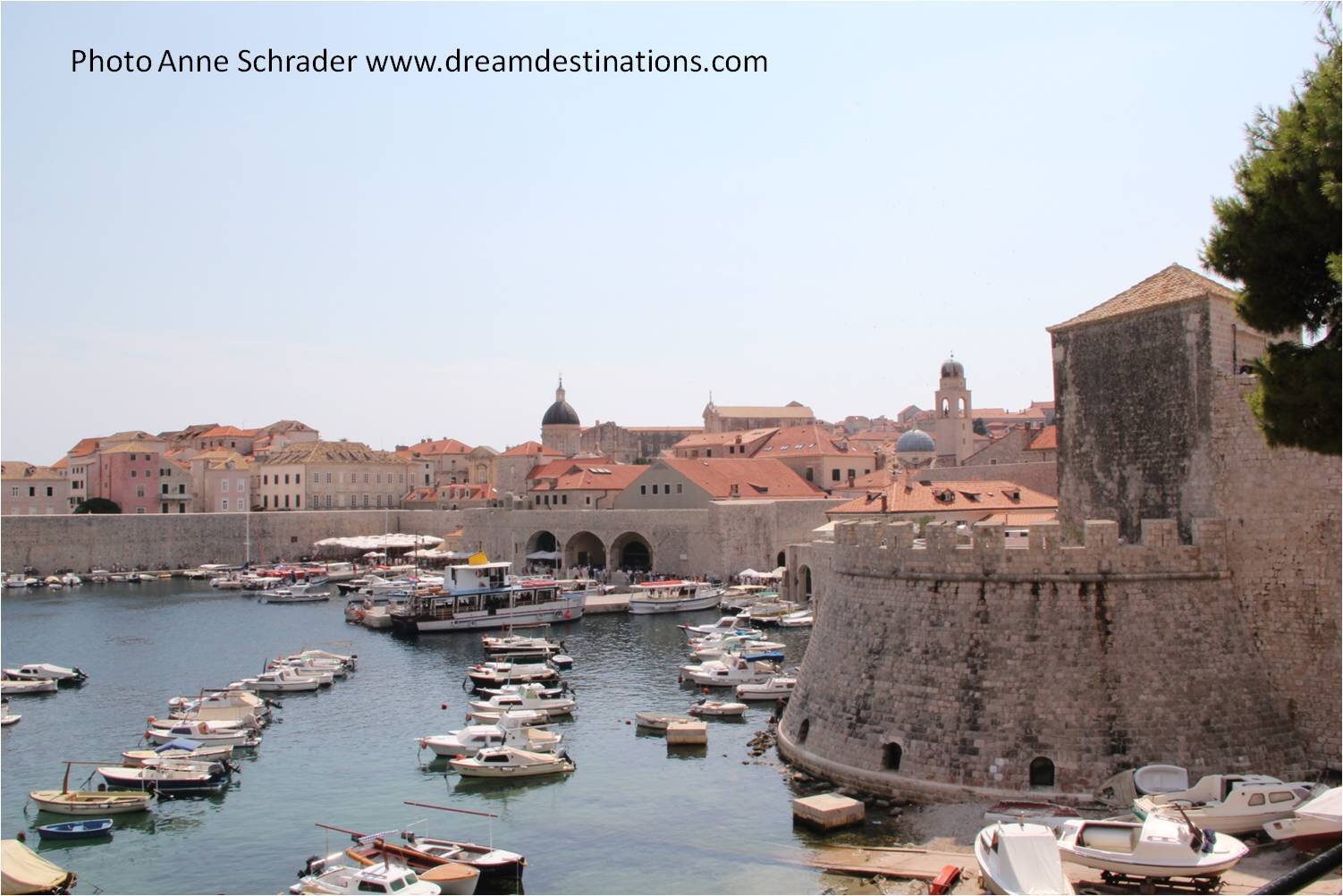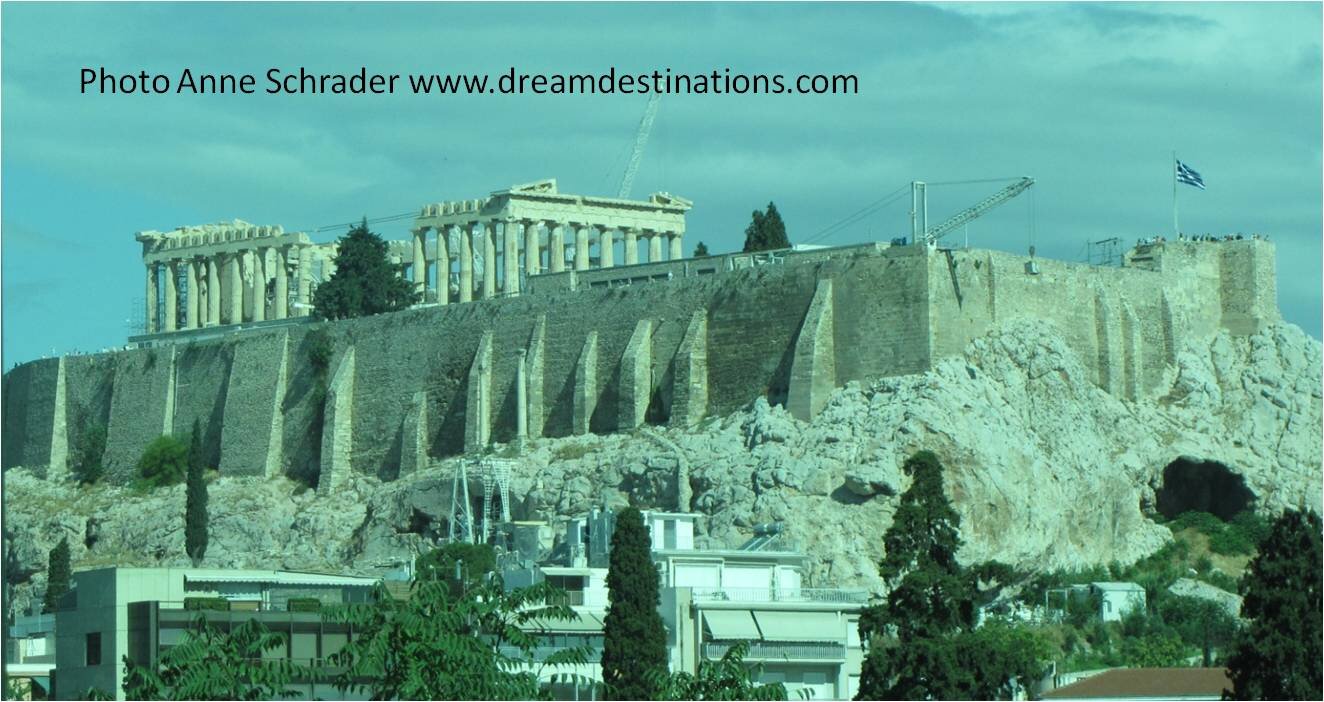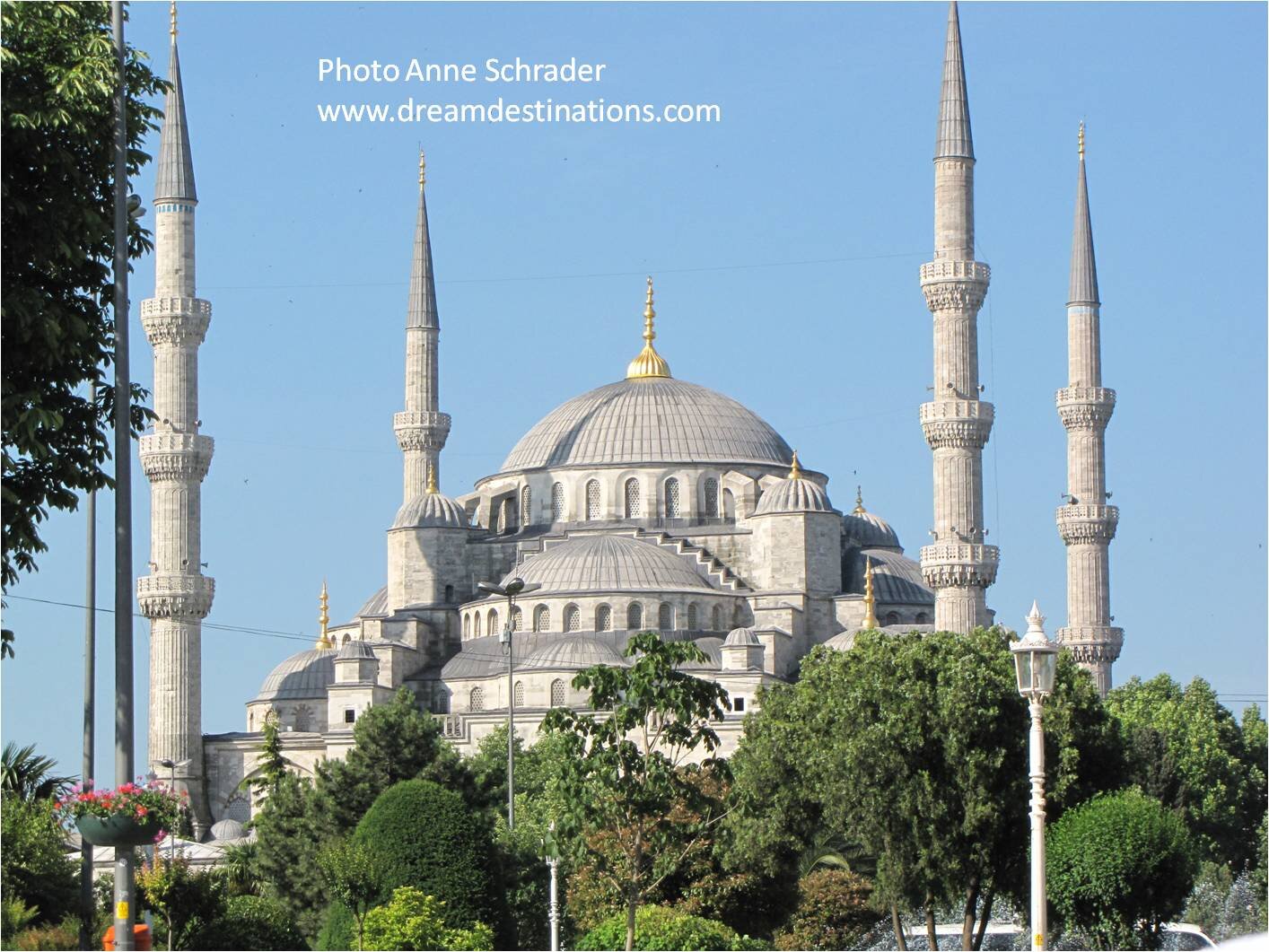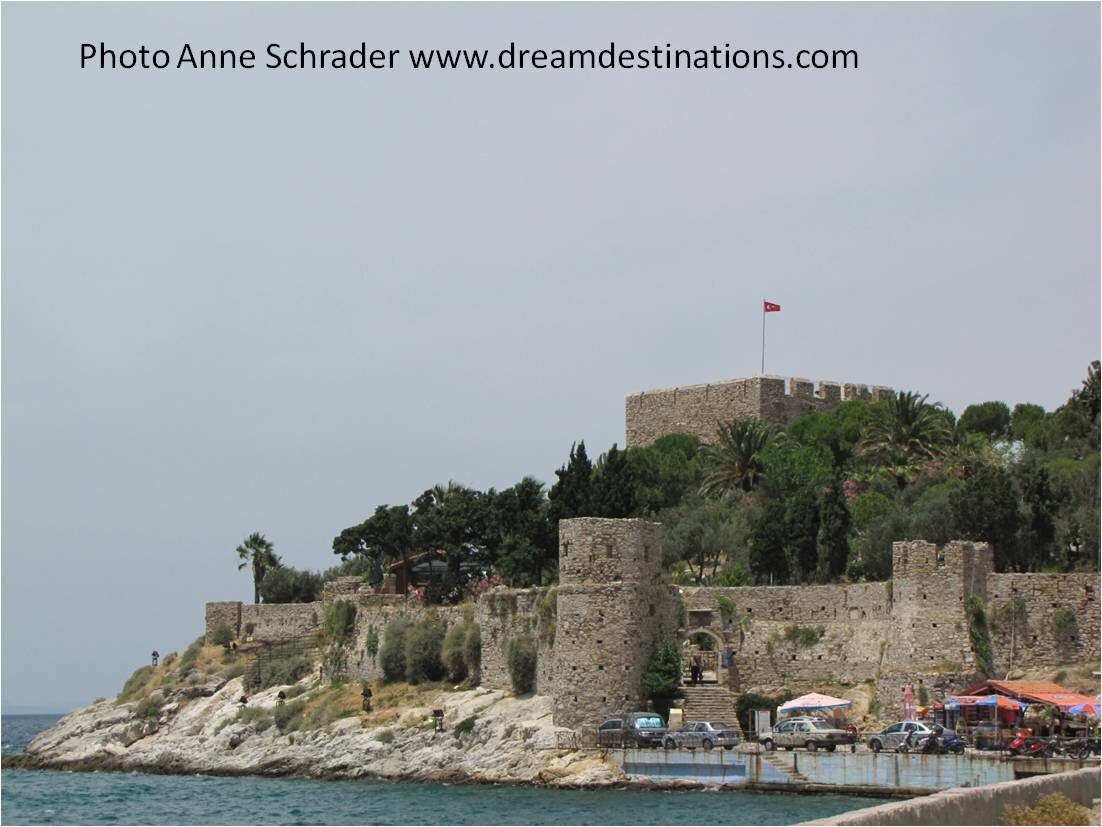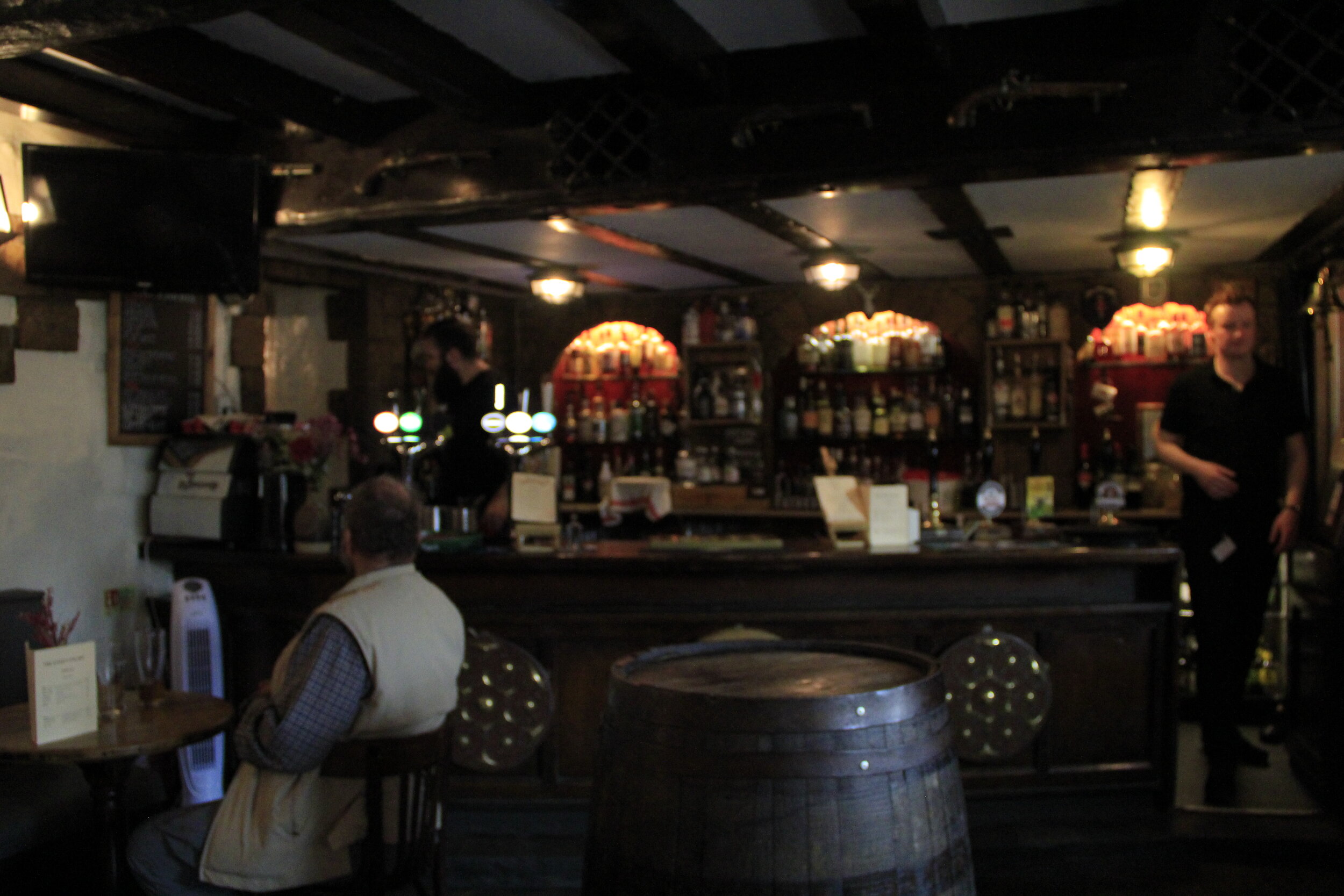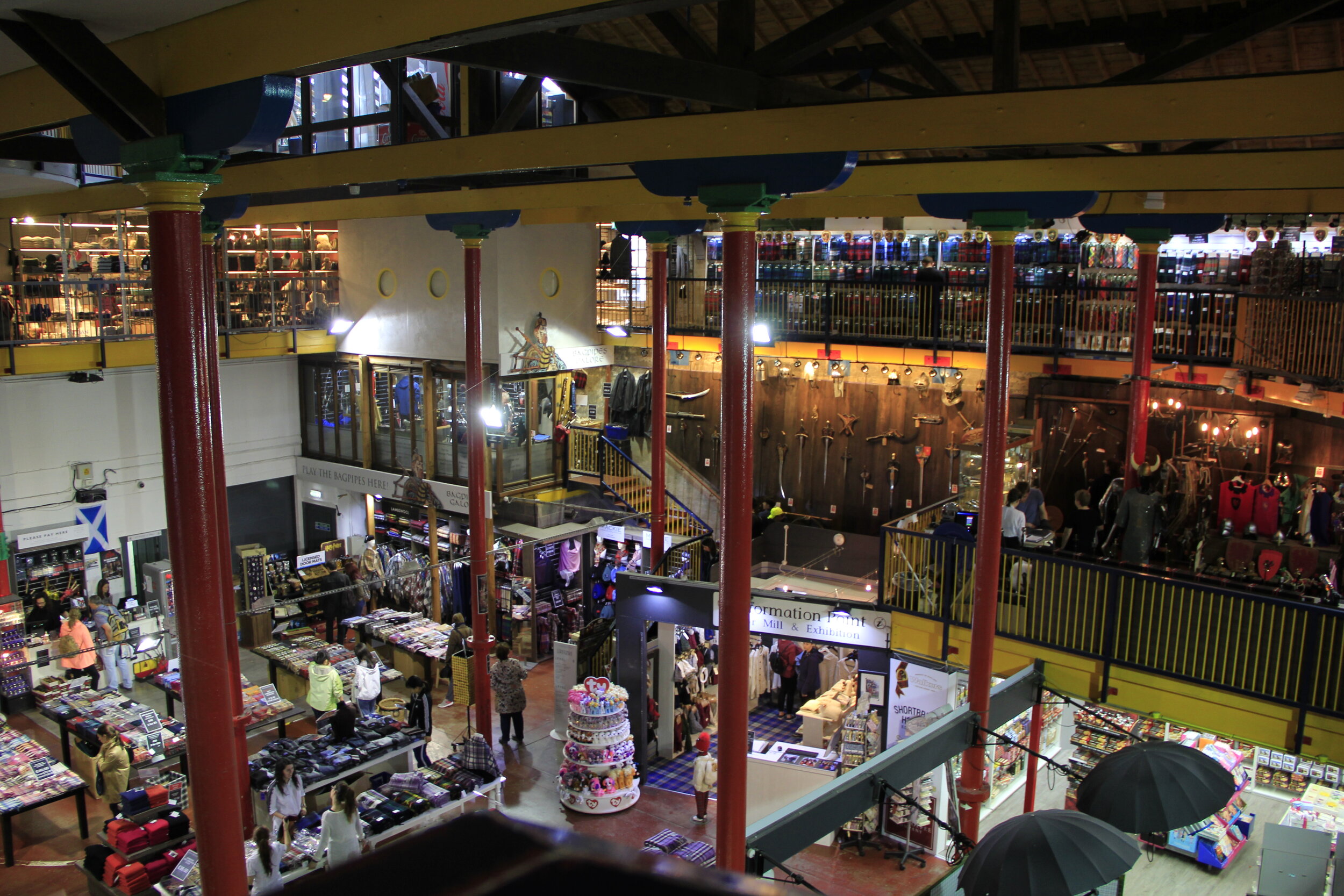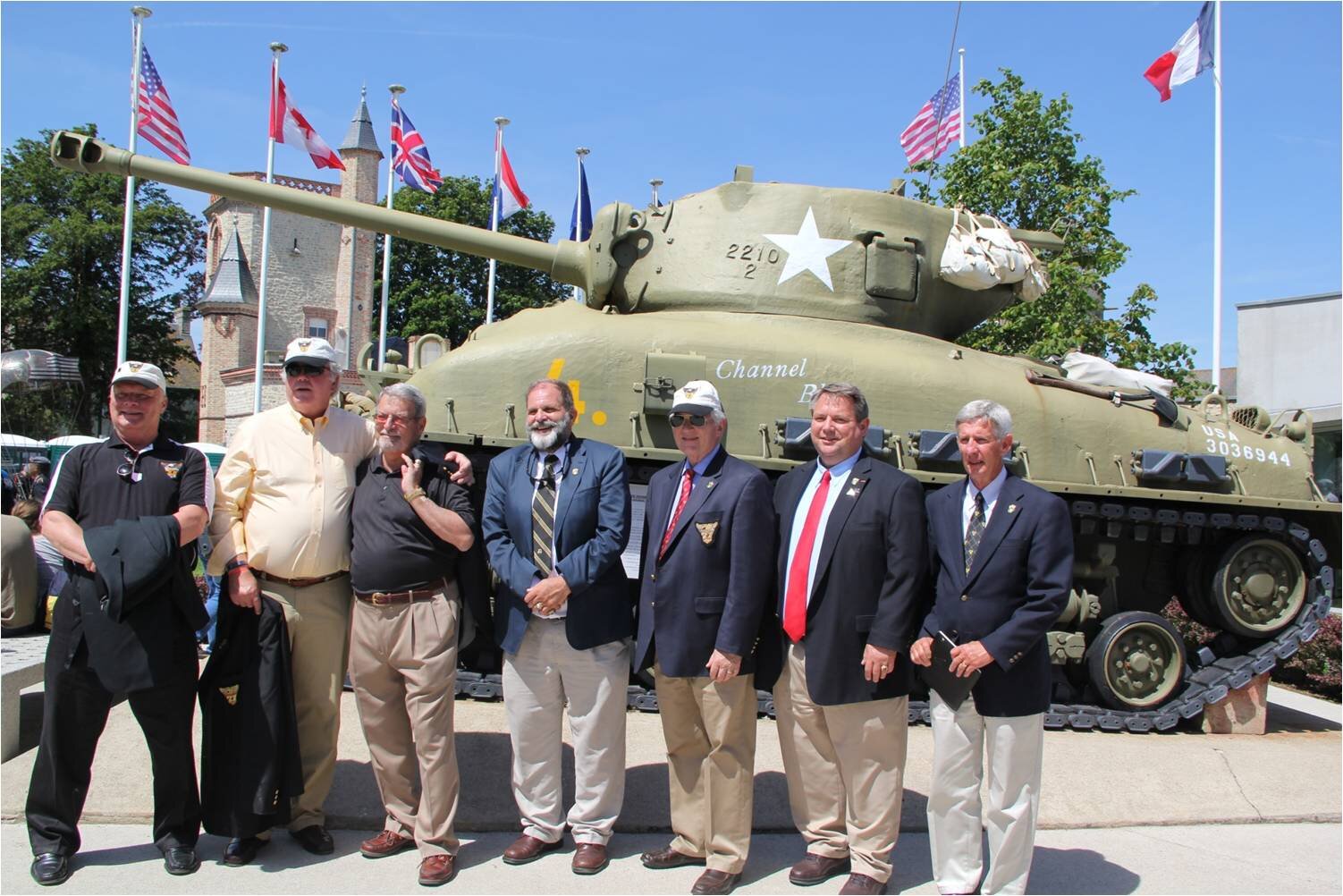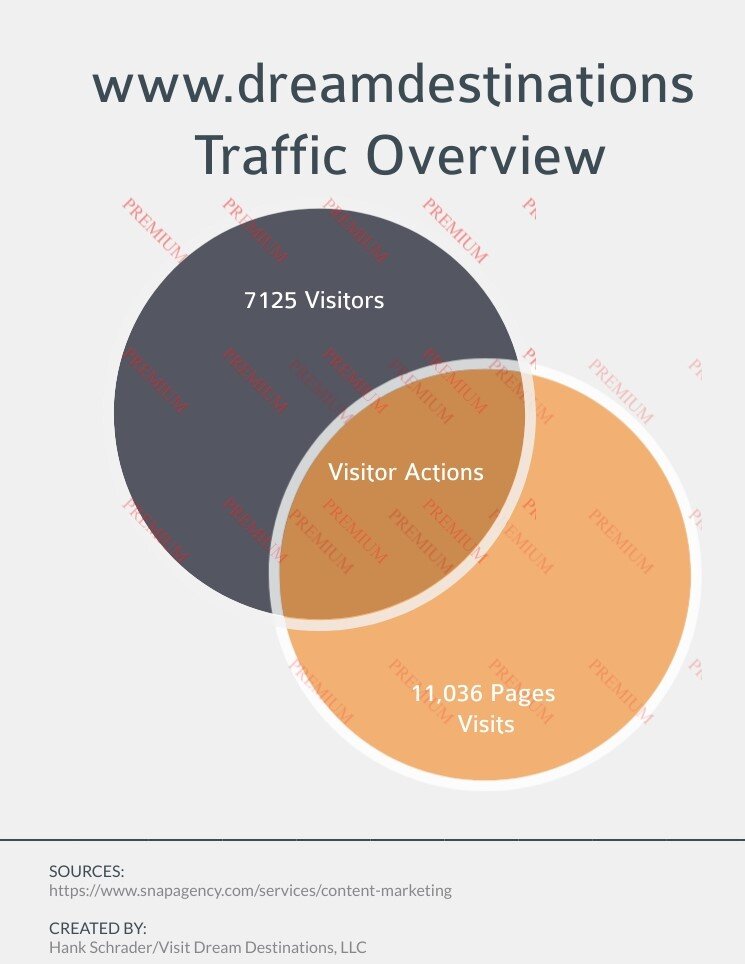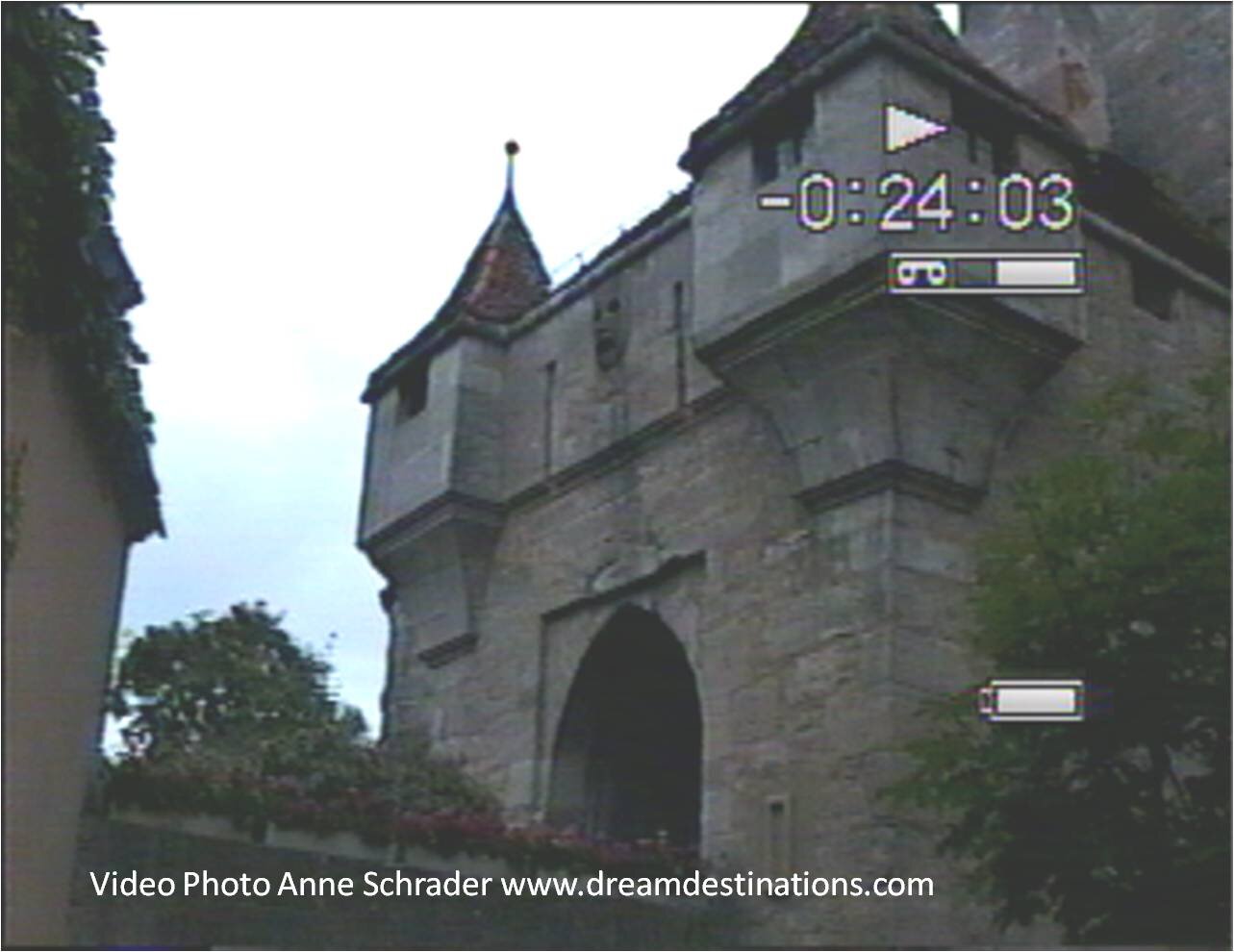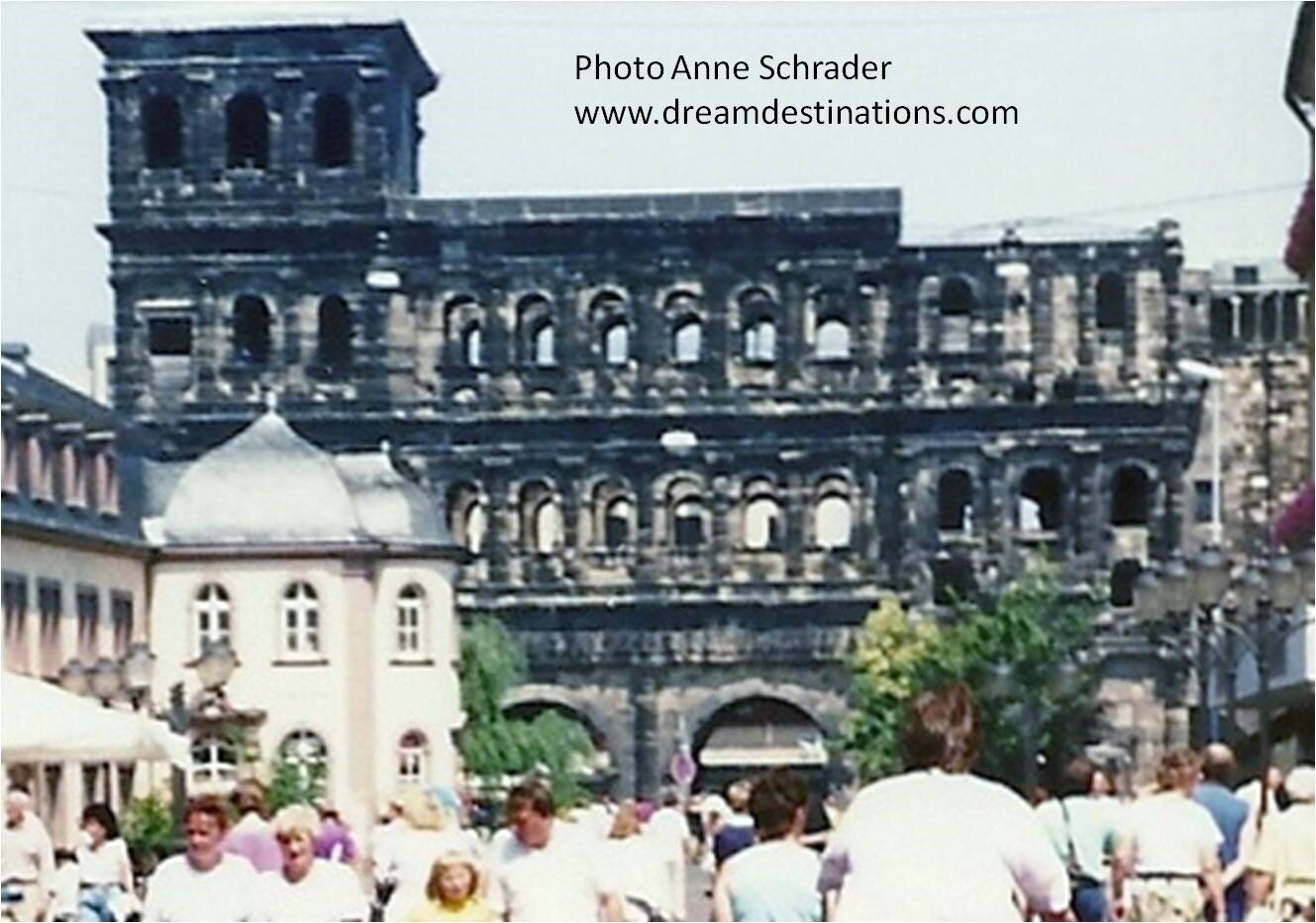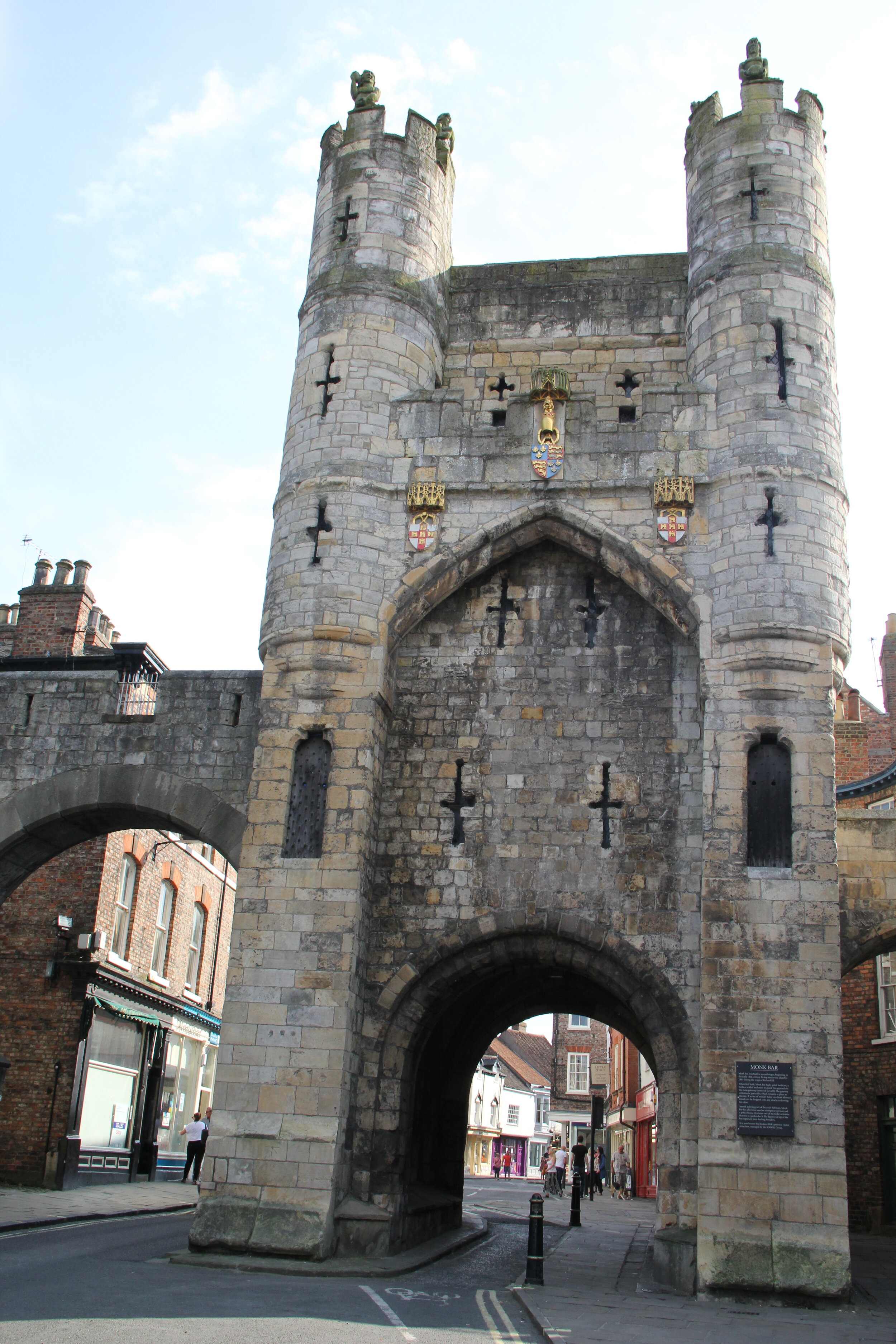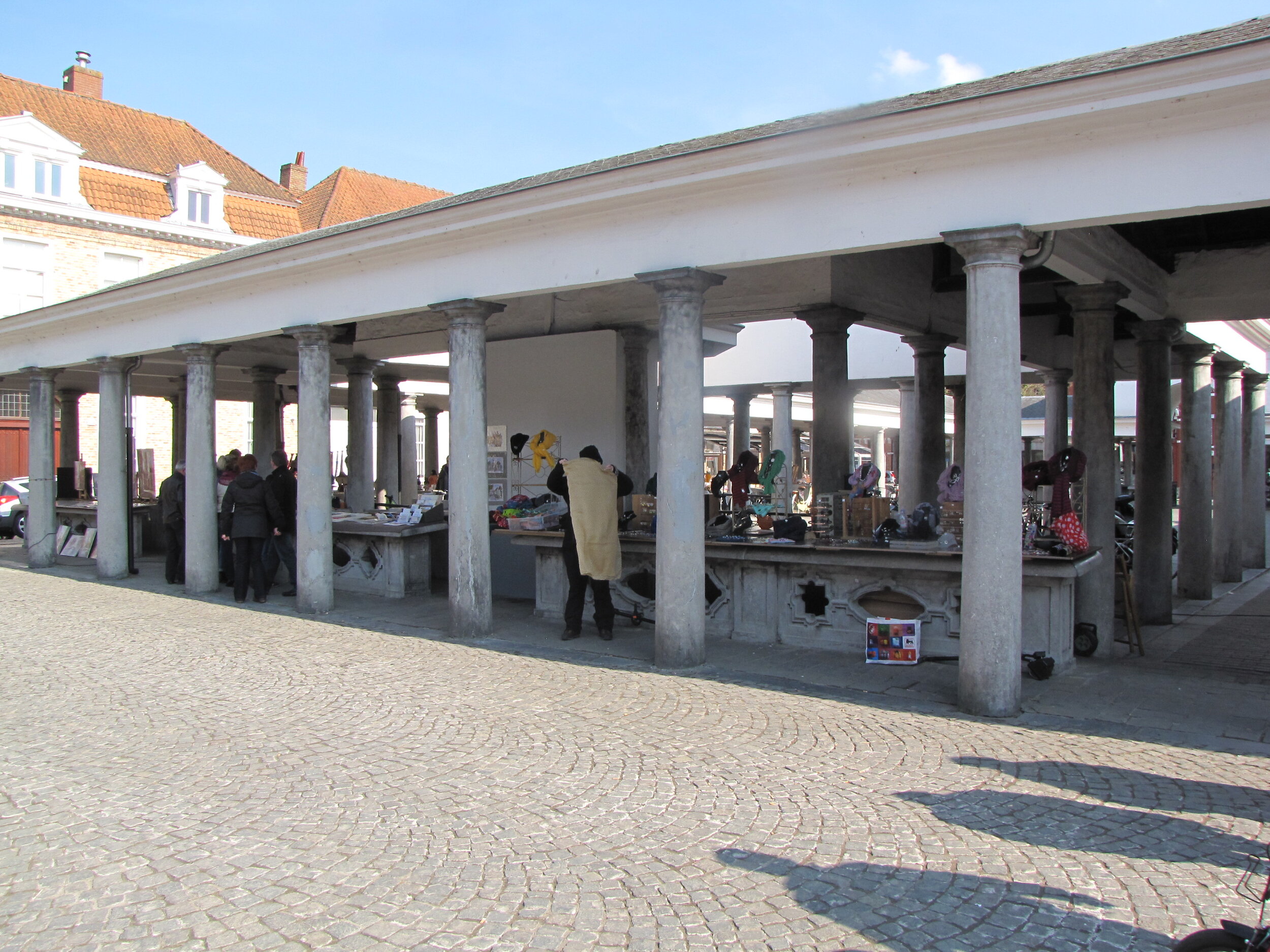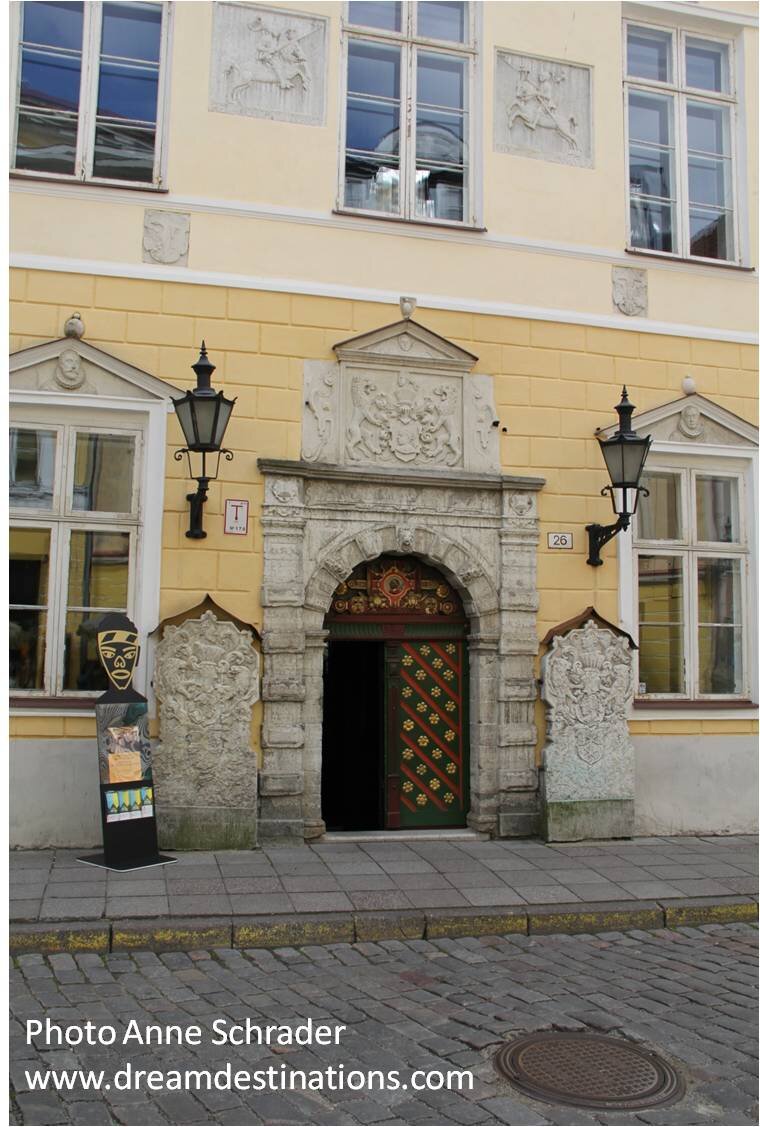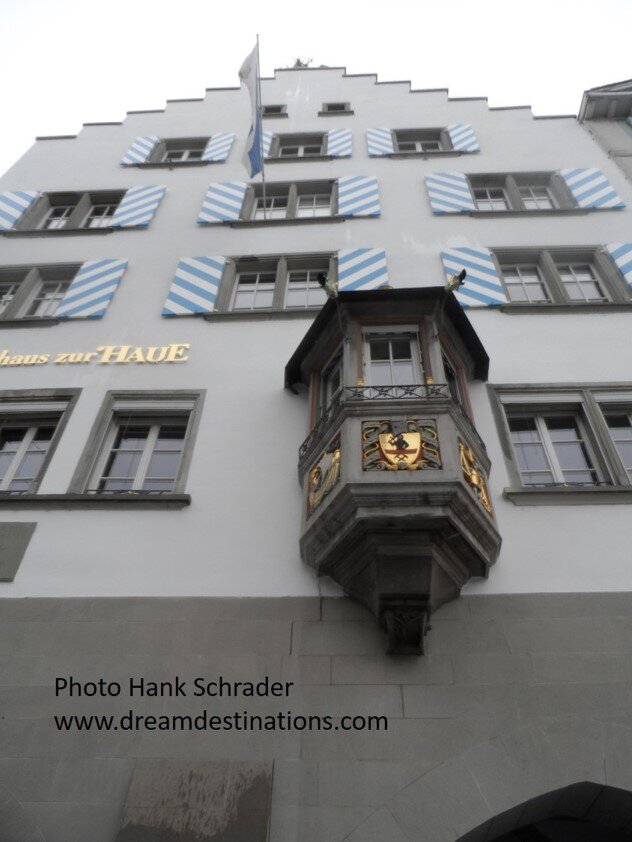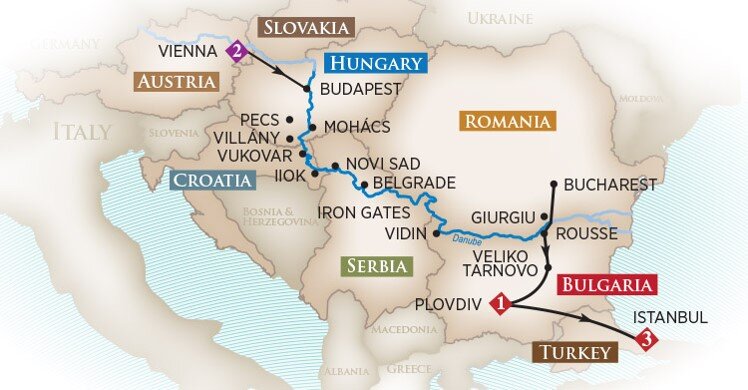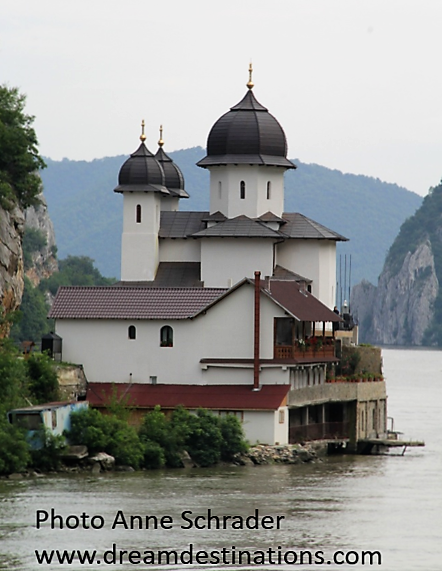Wine Cruises on AmaWaterways
By Hank Schrader, USMA ’71, Europe Destination & Europe River Cruise Expert
By far, AmaWaterways has the most special wine cruises as compared to the other 7 river cruise lines that primarily market to North America river cruisers—as you may know we study all 8 lines (AmaWaterways, Avalon, Crystal, Emerald, Scenic, Tauck, Uniworld and Viking).
AmaWaterways has 60+sailings a year that have a special wine theme and the events are included in the cruise fare—that’s right, there is no additional cost to be on a wine themed cruise.
So, today, I’d like to tell you about wine cruises on AmaWaterways. I will tell you about the 4 European areas that have wine cruises included in the fare and explain what it is like to be on a wine cruise, as we have been on 4 with AmaWaterways.
I will finish up, by telling you about a special idea we have about a pre/post tour with a wine cruise and a tour of some key WW I and WW II sites in 2022, so please read to the end of this blog to learn more.
A Quick Overview of Wine Cruises on AmaWaterways
The wine themed cruises are usually led by a Wine Host from a winery in the United States. The host will conduct some tastings of their wines, discuss wine and host a wine dinner on the ship paired with their wines.
We have been on two hosted by US winemakers and two cruises hosted by drink experts—one was a regional expert from France and the other was a beer cruise with a beer expert from the US . The Ledson wine cruise (on the Rhône) and the Bordeaux cruise were special—we would go again on both.
Mark Thomas, then general manager of Ledson Winery, preparing for a tasting on the 2014 Wine cruise hosted by Ledson Winery
The other bonus about these special wine cruises is that they are often in Spring or Fall, times when the cruises cost a little less than the most popular summer season.
When you consider that wine and food on AmaWaterways is already over the top—the fare is regionally –inspired cuisine, using fresh food sources and always paired with 2 daily changing wines—a wine cruise just enhances the chances to learn and enjoy wine even more!
France Wine Regions
The Bordeaux region and the Rhône region are the 2 main French wine regions that you can experience on an AmaWaterways cruise in France. On a Rhine river cruise route, there is often a bonus region of Alsace white wines.
Bordeaux region of France on the Garonne, Dordogne and Gironde Rivers is about wine more than other sights on their “A Taste of Bordeaux” cruise. It is a round trip cruise out of Bordeaux and features wine tastings, chateaux’s and abundant vineyards along the Garonne and its tributaries.
Wine Regions of Bordeaux. Map from AmaWaterways
There are over 8,500 wine producing estates in this region—it is often considered the wine capital of the world. Usual port cities of Cadillac, Pauillac, Bourg and Libourne are included in most sailings of this region.
This is an important wine region of France and you will experience tastings of some of the most distinguished wines including Sauternes, Medoc and Bordeaux wines (my personal favorites).
Leoville-Poyferre Winery
Chateau de La Rivere Winery
Tasting Room Chateau de La Rivere
Here is what wine expert Mark Thomas said about his favorite wines on this cruise (we traveled together on this route in 2017):
“Some of my very favorite red wine varietals: Cabernet Sauvignon, Merlot, Cabernet Franc, Malbec, Petit Verdot and various blended wines with these varietals in varying percentages. For white varietals, again some of my favorites: Sauvignon Blanc and Semillon with which some produce world-famous Sauternes.”
Wine barrels in St. Emilion prior to Gran Cru Tasting
My glass is ready—care to join me?
Rhône River
Imagine sailing on the Rhône River through the legendary wine growing regions of Provence, getting the chance to sample Beaujolais and Côtes du Rhône!
Wine Regions of Provence. Map from AmaWaterways
Beaujolais Tasting in Domaine de Averlys in 2016 on a Provence
Here is what my travel chum and wine expert Mark Thomas had to say about the wines on this cruise:
“In Provence, Rose’s dominate. These delicious bold, crisp, fruity wines pair great with the local seafood dishes (Bouillabaisse, Fish soup, etc.). The red grapes that dominate the region include Mourvèdre and Grenache while the primary white grapes include Bourboulenc, Grenache Blanc, and Clairette, usually blended together in some form or another.
As you head up the Rhône River from Arles toward Lyon, you first encounter the Southern Rhône region where the red grape varietal Grenache dominates. Often primarily blended with Syrah, and Mourvèdre, these wines are rich, earthy, gamey, and full-bodied especially in the area of Châteauneuf-Du-Pape. Other red blending grape varietals include Carignan, Cinsaut, and Counoise. The delicious white varietals of the Southern Rhône are the same as in Provence.
Our cruise manager Kris on our 2016 excursion tasting at the HB Les Pavillon de Vins
Moving into the Northern Rhône, you’ll find Syrah is king among the red varietals while Viognier in the appellation of Condrieu, along with gorgeous blends of Marsanne and Roussanne in the appellations of Hermitage and St. Joseph dominate the white varietals.”
Just so you know, we had never had a Viognier before going on this route and now it is one of our favorites—if you want to experience, new great wines, AmaWaterways is a great place to start!
Viognier Wine and Cheese outdoor treat in Vienne
Wow!—does it help to have your own personal sommelier to help you learn about wines?—you bet it does!
Alsace’s Wines
On an AmaWaterways cruise on the Rhine River from Amsterdam to Basel or reverse, there is a good chance to sample some wines from Alsace.
The key grapes grown in the region of Alsace are Riesling, Muscat, Gewürztraminer, Pinot Gris, and Pinot Noir. According to wine experts, although these grapes are also grown in Germany, the Alsace wines have more flavor and are much drier than those produced across on the eastern side of the Rhine River in Germany. These robust white wines are also named for the grapes—a common practice in Germany but much less common in France.
A wine store in Riquewhir, France—Kaisor Zimmer—Vins d’Alsace
Since 1983, the official gran cru appellation status has been awarded to about 50 terroirs. Most of these gran cru appellation wines are dry whites.
A wine shop in Riquewhir
Gran cru in French means great growth. This classification of wines is a regional designation of the vineyards that produces very good wines.
Alsace vineyards near Riquewihr, France. Photo Mark Thomas
Trust me, they are excellent!
3 of Germany’s 13 Wine regions—the Rheingau, Franconia and Moselle Regions
Wine Regions of Germany. Map from AmaWaterways
The Rheingau wine region produces elegant Riesling wines—about 78% of the total wine production along this stretch of the Rhine River are Rieslings. About 12% of the other grapes grown in this area are Pinot Noir (or Spätburgunder, as the Germans call it).
The Vineyards around the town of Rüdesheim
The town of Rüdesheim is a great place to sample some of these great wines. There are often 2 wine tasting tours here and both are fun and serve great wine. As an extra bonus, there is coffee drink I first had while in the military—Rüdesheimer coffee (coffee, flamed Asbach brandy and topped with whipped cream). If you have never had it, you are missing one of the great coffee drinks in the world!
Rüdesheim Coffee Poster
The Franconia wine region is less well known producer of dry white wines made from Silvaner grapes. The official name is Grüner Silvaner. A lot of this wine is grown around Würzburg.
Vineyards around the Marienberg Citadel on the Main River
One unique feature of this wine is its special bottle—it is in a bottle called a Bocksbeutel (in German)—a distinctive green oval shaped bottle.
Sharing a bottle of Grüner Silvaner they brought back to our 2019 AmaWaterways cruise with Denise Thomas.
One feature of wine cruises on the Main River is a special wine tasting in Würzburg’s baroque Residenz Palace. Wine in a palace—how cool is that!
Würzburg’s baroque Residenz Palace.
The Moselle region is famous for Riesling wines. Many writers claim this is the best of Germany’s wine regions, as the Rieslings (about 60% of the grapes planted here) have an exceptional balance between sweetness and acidity.
Vineyards near Bernkastel on the Moselle
On the Moselle, my favorite wine port is Zell. It is famous for its white wine Zellerschwartzkatz (Zell’s black cat)—I also first had this while in the military on various visits to Germany. The really great draw of this village is the story of Zell’s Black Cat Wine.
According to legend, a large quantity of local wine was being stored in barrels in a regional cellar. When people approached, a black cat jumped on the barrel from Zell and started hissing to protect its contents. Seeing the hissing, caused the wine merchants to believe the wine from Zell was special and better quality than the other wines stored in the wine cellar building. Today the black cat is the symbol of this town.
AmaWaterways has an exclusive wine festival celebration in Zell. The local children, dressed up like black cats, provide a performance that everyone who has visited Zell on AmaWaterways will remember. You don’t even have to be on a special wine cruise to get this unique experience!
The children of Zell visiting us on an AmaWaterways cruise with an invitation to explore their city. They are accompanied with local wine queen and mayor.
Just to let you know, the legend is true—the wine is great!
Portugal’s Douro Valley
The Douro Wine Regions Map
This is a cruise for wine lovers, especially aficionados of the desert wine port (a fortified wine with alcohol added), also a cruise for those who want to sample and learn more about Portuguese cuisine, and for adventures who love new destinations.
While port is far and away the most import wine in the region, there is increasing recognition of whites and reds produced in this great wine growing region and I was surprised to learn about 50% of the total wine production is wines other than port.
The steep, dry slopes of the Douro and soil characteristics (terroir) produce remarkable wines.
Some of the Douro’s wine vineyards. Photo from our clients the Howards.
Perhaps the most surprising fact is how many different ports, from sweet to really dry, are produced here. One of our clients brought us a bottle of 30 year aged, dry, Tawny port—it didn’t last long in the Schrader household.
The Danube
One of the great reasons to go to Europe, especially on an AmaWaterways river cruise, is learning about a wine that would soon become one of our favorites.
Perhaps, the best wine region on a Danube cruise is in the Wachau Valley. It produces 2 great wines-- Wachau Grüner Veltliner and Riesling wines. I had never tasted Grüner Veltliner before this trip, but does it ever pair well with Wiener schnitzel, one of my all-time favorite entrees!
Grüner Veltliner vineyard sign
Grüner Veltliner vineyard
Jeff and Hank share a glass of wine on our 2018 Danube cruise
Now we look for this wonderful white wine to enjoy at home and in restaurants.
In researching this blog, I read one source that said Rieslings from the Wachau have more in common with Alsace Rieslings than the Moselle Rieslings—but for me they all are great!
I also learned that Moselle Rieslings wines are bottled in green glass, so they can be distinguished from Rhine Rieslings which are bottled in brown glass.
Since we have experienced Rieslings from all three wine areas while on 3 different AmaWaterways cruises, my advice—make your own comparison trips with our help! You can’t go wrong here—they are all good and I’m sure you will agree if you try our taste test challenge and book all 3 with us!
Our 2022 Cruise Idea
We are still working on an idea that might really appeal for many of you readers of this blog. We are planning 2 AmaWaterways River Cruises with a pre/post cruise to the other great wine region of France—the Champagne region of Reims. It won’t just be wine tasting, it will include a trip to the WW II sites of the Ardennes (Battle of the Bulge) and the WW I historic sites around Reims (there is a 40 mile circuit that has some of the best sights in France).
We are still working on the details, so keep reading the blog for the latest updates.
We hope to repeat our great success leading military themed trips as we were able to achieve on our 70th and 75th Anniversary trips to D Day.
The bonus is we plan to invite Mark Thomas as our Wine Host on one of the cruises.
If you want to be on our list to be notified about this or other specials we might have please email me at hschrader@dreamdestinations.com.
My Final Thoughts
It’s time to raise a glass or two—CHEERS, SALUD, PROST!
Does it get any better than this?—all the fabulous features of a river cruise and a special wine themed cruise included for free!
So now is the time to take action when travel restrictions are lifted. We will be ready to help!
When you are spending your hard-earned money for a vacation, you want an advisor who can match you with the right trip. You want someone who will understand your expectations and fuel your anticipation (or excitement) to get you the best possible trip experience. And, you want someone who can help you with the decision making process. We think we have all these qualities.
Whatever your Dream Destinations are, we are here to help you get the best possible vacation based on what is important to you! We will provide you high quality, expertly planned travel. Please give me a call 713-397-0188 (Hank) or email me at hschrader@dreamdestinations.com. We want to help you: Savor life…make memories…Visit Dream Destinations! Your journey begins here!
HANK is a certified Western European Destination Specialist (DS) who has been traveling to Europe for 49 years. He is also an Accredited Cruise Counselor (ACC), conferred by the Cruise Line International Association (CLIA). This recognized expert in cruise and leisure travel is a retired Army Officer, and taught World Geography for 8 years. He is a `71 graduate of West Point and has earned 2 master’s degrees. His other Certifications:
AmaWaterways River Cruise Specialist
Viking River Cruise Specialist
Scenic River Cruise Specialist
Emerald Waterways Specialist
Avalon Waterways Specialist
Brit Agent



























































